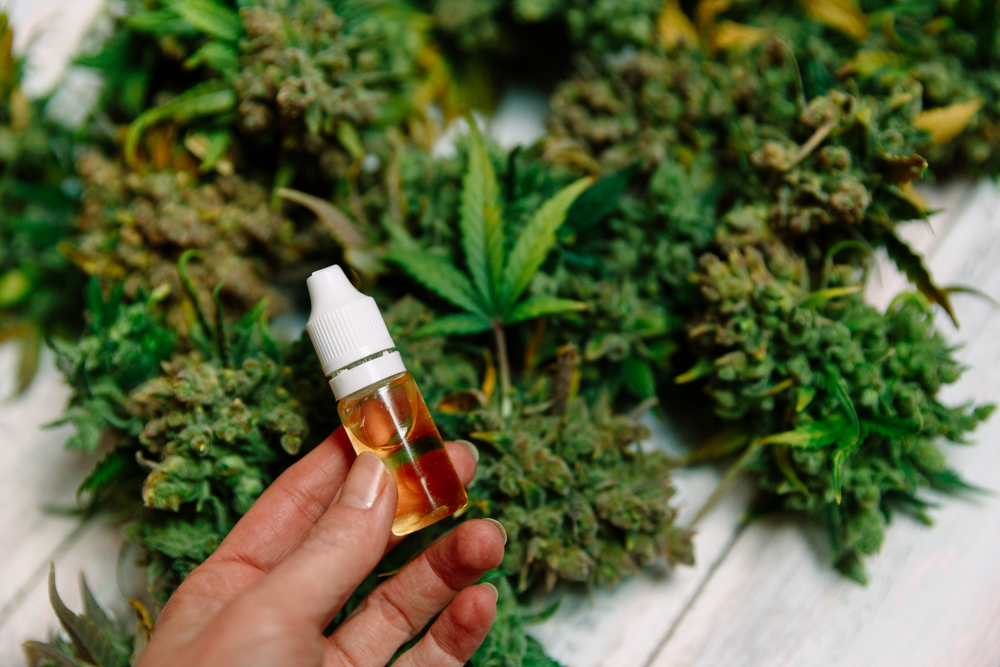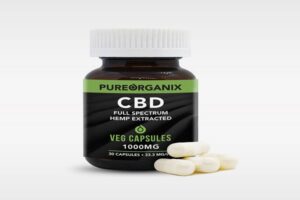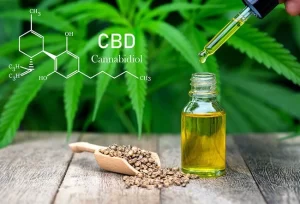Top 4 Reasons Medical Cannabis Is a Tricky Proposition
Lawmakers and medical providers across the country have gradually warmed to the idea of cannabis as a medicine. Over the last 5 to 6 years, we have gone from just a handful of states allowing medical cannabis to three dozen. More are likely to get on board within the next 12 to 18 months.
At the same time, medical cannabis continues to be a tricky proposition. It is tricky for state lawmakers who feel the need to craft programs that meet patient needs without running afoul of federal regulations. And of course, they rely on federal authorities not enforcing laws currently on the books.
It’s a tricky proposition for business owners as well. From growers to processors and medical cannabis dispensaries, nothing is easy in this business. Beehive Farmacy, a Utah dispensary with locations in Salt Lake City and Brigham City, says there are four things that contribute to medical cannabis being so tricky.
1. The Lack of Clinical Data
Physicians and pharmacists can point to a ton of anecdotal evidence in support of cannabis as a medicine. Anecdotal evidence isn’t a bad thing. In fact, it is a necessary part of evaluating the efficacy of any drug. But individual anecdotes do not constitute clinical science. And right now, a lack of clinical data is harming the medical cannabis cause.
More clinical studies are needed to confirm the efficacy of both marijuana and hemp. Such studies need to focus on specific qualifying conditions along with the strains, delivery methods, and dosages currently being recommended by pharmacists. Until we get those studies, skepticism will remain.
2. The Lack of Dispensing Standards
Next up is the lack of dispensing standards in comparison to all other prescription medications. If you were to go to a traditional pharmacy to obtain prescription medication for chronic pain, you wouldn’t have the liberty of choosing several different products off the pharmacist’s shelf. You could only obtain pain medication with a doctor’s prescription detailing a specific drug along with dosage and delivery method.
Things in the cannabis space are just the opposite. Doctors do not write detailed prescriptions. They can recommend products and dosages, as can pharmacists, but patients ultimately decide what works best for them. They can buy multiple products covering several different strains and delivery methods.
3. The Lack of Processing Standards
Though there are a few more standards in the processing arena, they are not enough. For example, processes are allowed to develop products that don’t exceed a certain threshold of THC. But that still leaves room for differences. One processor’s gummies could contain the maximum amount of allowable THC. Another processor could limit itself to half the allowable amount.
Processors would be helped tremendously if they could choose from a standardized list of products to produce. They would be a lot more efficient if they had standardized formulas and recipes to work with.
4. The Legal Differences Between Products
One last thing that makes medical cannabis such a tricky proposition is the hemp-marijuana issue. Both hemp and marijuana are cannabis products. Industrial hemp is legal throughout the US. Medicinal hemp, though not as restricted as medical marijuana, is still more restricted than industrial hemp.
Throw in medical marijuana and you create a very confusing situation for growers, processors, and dispensaries. It can be so difficult to keep all three product categories straight that some business owners decide to stick with just one. This creates access issues, among others.
Medical cannabis is a risky proposition in most of the states that allow it. As a result, getting into the business is not for everyone.














